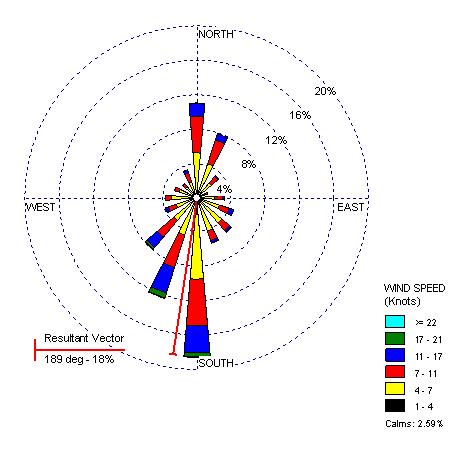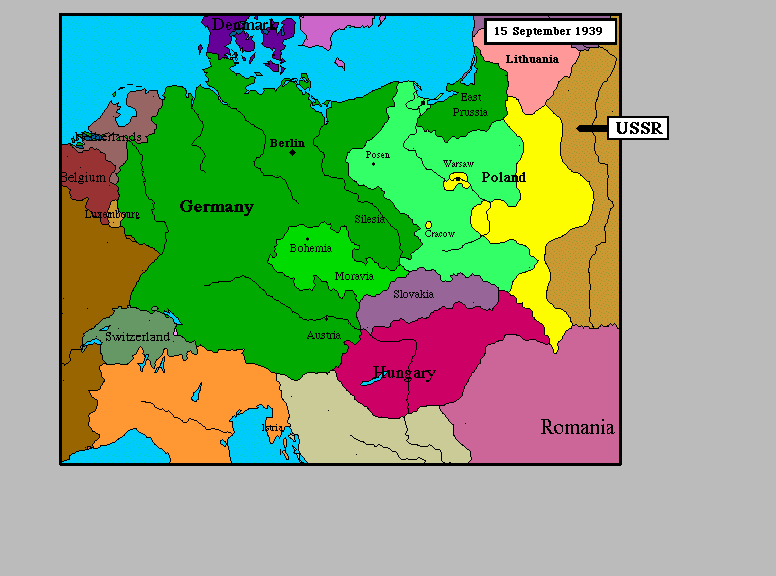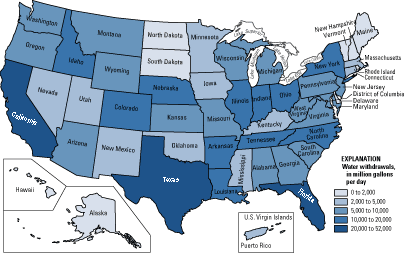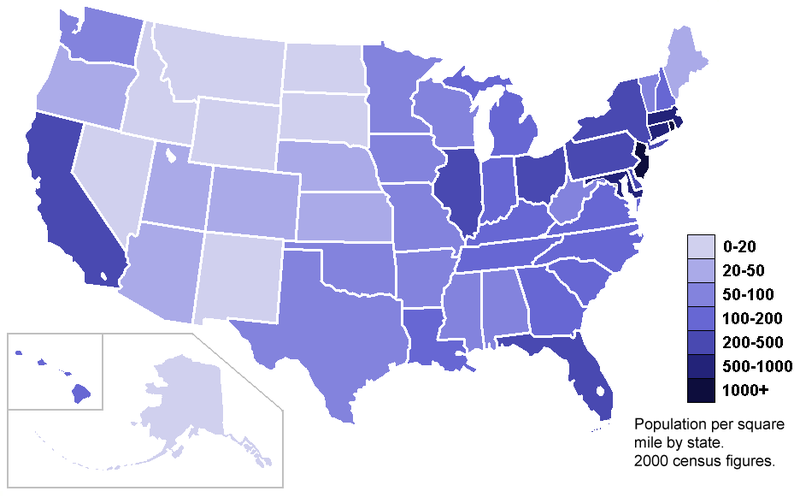Wednesday, October 29, 2008
Histogram
A histogram is a graphical display of frequencies, shown as bars. It shows what proportion of observations fall into each of several preset categories. A histogram differs from a bar chart in that it is the area of the bar that denotes value, not the height as in bar charts. The histogram above shows frequencies of exam scores, and the area under each segment is directly proportional to the number of scores falling into that category.
http://media.techtarget.com/digitalguide/images/Misc/iw_histogram.gif
Parallel Coordinate Graph

Parallel Coordinate graphs is a data visualization technique used in analyzing large sets of multivariate data. Each variable in the data plot is represented as its own Y Axis on the graph. A maximum point for each Y axis is selected, and they are scaled relatively to each other so that each variable takes up the same area in the graph space. Each line drawn represents a single observation as it relates to each variable. Lines are drawn across each variable for each observation.
The Parallel Coordiate graph above illustrates correlations in gene expression data for different species of drosophilia (fly genes).
Triangular Plot
A triangular plot is one in which, as its name suggests, displays three variables or data sets in the shape of a triangle.
The above triangular plot plots different soil textures on each side of the triangle and the composition of different soil types by percentages of each different texture within the triangle's center.
http://soil.scijournals.org/content/vol65/issue4/images/large/1038f2.jpeg
Windrose

A wind rose is a graphic tool used by meteorologists to give a succinct view of how wind speed and direction are typically distributed at a particular location. Presented in a circular format, the wind rose shows the frequency of winds blowing from particular directions. The length of each "spoke" around the circle is related to the frequency that the wind blows from a particular direction per unit time. Each concentric circle represents a different frequency, emanating from zero at the center to increasing frequencies at the outer circles.
The above windrose is for Seattle, Washington.
Climograph
A climograph is a graphical depiction of the monthly precipitation and temperature conditions for a selected place. Precipitation is shown by the bar graph. A line graph depicts temperature.
Below is an example of a climograph for Memphis, Tennessee:
http://www.uwsp.edu/geo/faculty/ritter/images/atmosphere/climate/climographs/memphis.jpg
Below is an example of a climograph for Memphis, Tennessee:
http://www.uwsp.edu/geo/faculty/ritter/images/atmosphere/climate/climographs/memphis.jpg
Population Profile
A population profile can be defined as a chart showing the number of people as a function of their ages for any given location. The above population profile illustrates the breakdown of population by age in the US for the years 1970, 1980 and 1990. Population profiles also for viewers to see changes in population distribution by age over time.http://www.co.nezperce.id.us/planning/comp_plan/1998_CPLAN/Fig9-3.jpg
Scatterplot

Scatter plots are similar to line graphs in that they use horizontal and vertical axes to plot data points. Scatter plots have a very specific purpose in that they show how much one variable is affected by another. The relationship between two variables is called their correlation .
Scatter plots usually consist of a large body of data. The closer the data points to making a straight line when plotted, the higher the correlation between the two variables and the stronger their relationship. Scatterplots should be constructed when the relationship between two variables is of interest.
The above scatterplot is interesting, as it plots the age of husbands versus the age of their wives. It shows that ages among husband and wife have a high correlation (people tend to marry others around their same age).
Index Value Plot
Accumulation Line Graph or Lorenz Curve
The Lorenz curve is used in economics and ecology to describe inequality in wealth or size. It is a graphical representation of the proportionality of a distribution (the cumulative percentage of the values).
A graph for showing the concentration of ownership of economic quantities such as wealth and income, it is formed by plotting the cumulative distribution of the amount of the variable concerned against the cumulative frequency distribution of the individuals possessing the amount.
The Lorenz curve above illustrates a representation of the cumulative distribution of income by population.
http://content.answers.com/main/content/img/oxford/Oxford_Geography/0198606737.lorenz-curve.1.jpg
Bilateral Graph
Bilateral graphs depict increases and decreases on either side of a zero line. They are used to display data of both positive and negative values. An example of a bilateral graph is shown below:
This bilateral graph is a depiction of fertility changes in Chile over the past 25 years. You can see from the graph that for most of the past 25 years there has been a decrease in fertility among Chileans, with the exception of a short period of increase in the late 80's early 90's.
http://clausvistesen.squarespace.com/storage/thumbnails/325258-1851195-thumbnail.jpg
This bilateral graph is a depiction of fertility changes in Chile over the past 25 years. You can see from the graph that for most of the past 25 years there has been a decrease in fertility among Chileans, with the exception of a short period of increase in the late 80's early 90's.
http://clausvistesen.squarespace.com/storage/thumbnails/325258-1851195-thumbnail.jpg
Friday, October 17, 2008
Google Earth - Remote Sensing

The above image is a remote sensing image taken from MODIS active fire mapping program. The website for this is http://activefiremaps.fs.edu.us. It shows the number of active fires reported in the contintental US within the last 24 hours and is updated hourly.
Monday, October 13, 2008
Nominal area Choropleth Map

Nominal Area Choropleth maps are used to display nominal data over a specified region. Nominal data is defined as categorical data where the order of the categories is arbitrary, such as race, ethnicity, political party, hair color, etc...
Above we see nominal data (European nations) mapped to colors. Notice that the colors aren't in an organized scale in any sense. There are no obvious color ramps to imply order. We simply map nomimal values onto discrete colors.
Unstandardized choropleth Maps
Unstandardized Choropleth Maps utilize data sets of raw numbers. The data displayed is not averaged but is represented as a total value.The above unstandardized Choropleth map dispays the number of water withdrawals by state across the US.
http://pubs.usgs.gov/fs/2005/3051/images/2000choropleth.gif
Standardized Choropleth maps
Univariate Choropleth Maps

Univariate Choropleth maps use basic choropleth mapping techniques to illustrate the distribution of one single variable through shades of color or patterns. The above map shows the distribution of average/median household income for states across the US. Each range of income is represented by a different color, and each state is colored according to where they fall in these ranges.
Bivariate Choropleth maps

A bivariate choropleth map displays two variables on a single map by combining two different sets of graphic symbols or colors. It is a variation of simple choropleth maps that portrays two separate phenomena simultaneously while accurately and graphically illustrating the relationship between the two distributed variables. Bivariate Choropleth maps have the potential to reveal relationships between variables more effectively than side-by-side comparisons of the corresponding univariate maps.
The above Bivariate Choropleth map shows the relationship between crime rates and election results (votes for Kerry or Bush) in 2003.http://www.geog.ucsb.edu/~jeff/gis/choropleth_maps_files/election04_vs_crime03b.jpg
Unclassed Choropleth Maps

In a conventional Unclassed Choropleth map, a continous ramp of shading or color intensity is used to illustrate a scale of data. The lowest and highest color intensities are assigned to the lowest and highest values respectively. A distinctive feature of unclassed choropleth maps is that each unique value has a unique shading of color. As you can see above, the scale for an unclassed choropleth map is a continuous grading of color, with each color representing a specific value.
http://www.princeton.edu/~rvdb/JAVA/election2004/purple_america_2004_small.gifClassed Choropleth Maps

Choropleth maps portray areal data using areal divisions which are often boundaries defined by units such as counties or states. A Classed Choropleth Map shows data combined into a smaller number of groups which is then portrayed in intervals. The choice of the number of groups affects the resulting map greating. Some formal classsification techniques include equal step classification, classifying by quantiles, natural break classing, and minimum variance classification.
The above choropleth map is classified using equal steps classification. The total data range is first divided into categories chosen by the cartographer. A drawback to this technique is that there may be empty categories or categories with many members, as is the case here, since only one state falls into the highest category while many states fall into the second to lowest category.
Range Graded Proportional Circle Map
In reference to Range Graded Proportional Circle Maps, the data is divided into groups and the cartographer chooses circle sizes for adjacent classes so that the map reader can easily distinguish between circle sizes, and therefore, categories. So, each circle size represents a specific range of data on the determined scale. An example of this type of map is shown below:

In the map above, the cartographer chose a series of different sized cirlces to represent specific amounts of data.
Subscribe to:
Comments (Atom)









